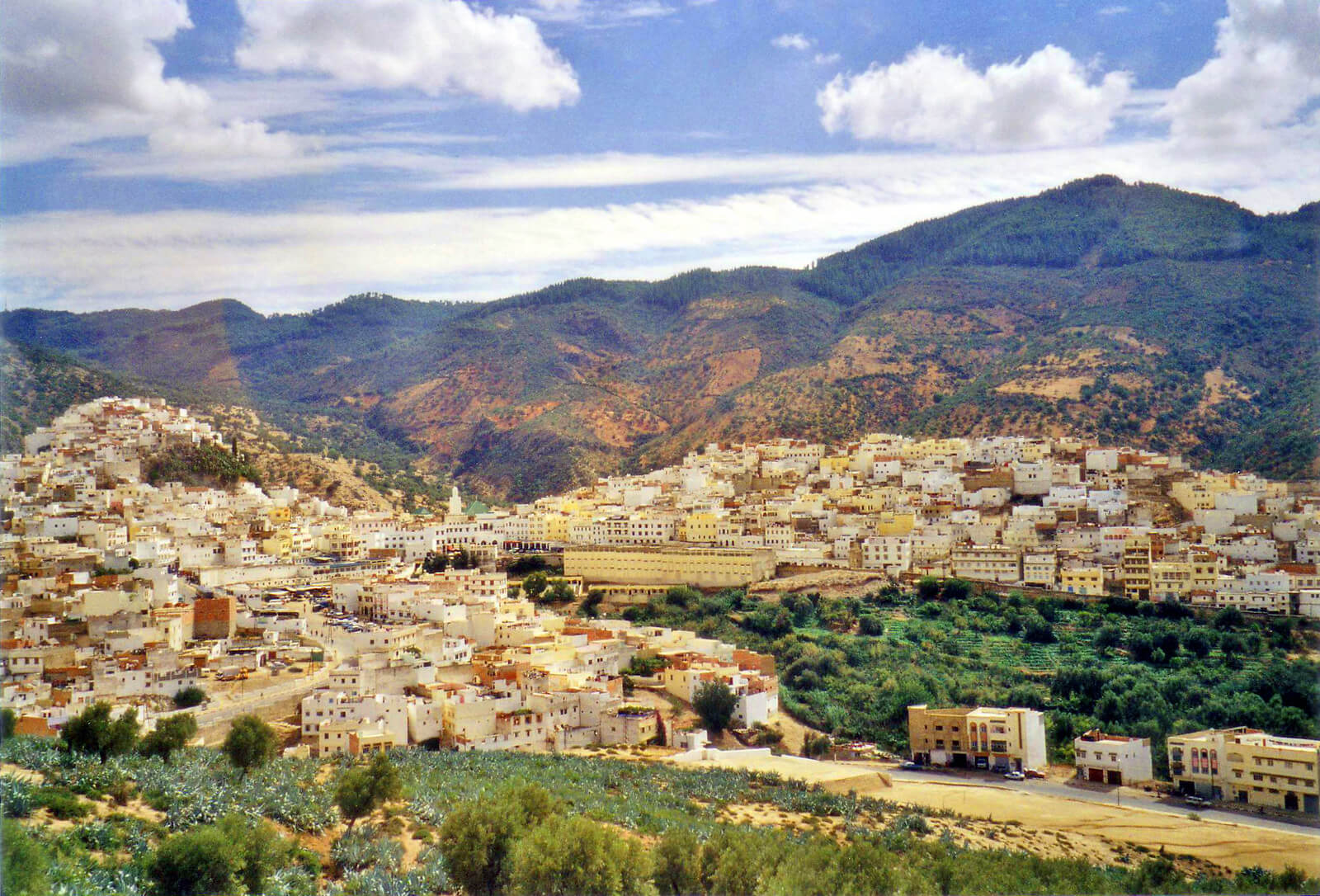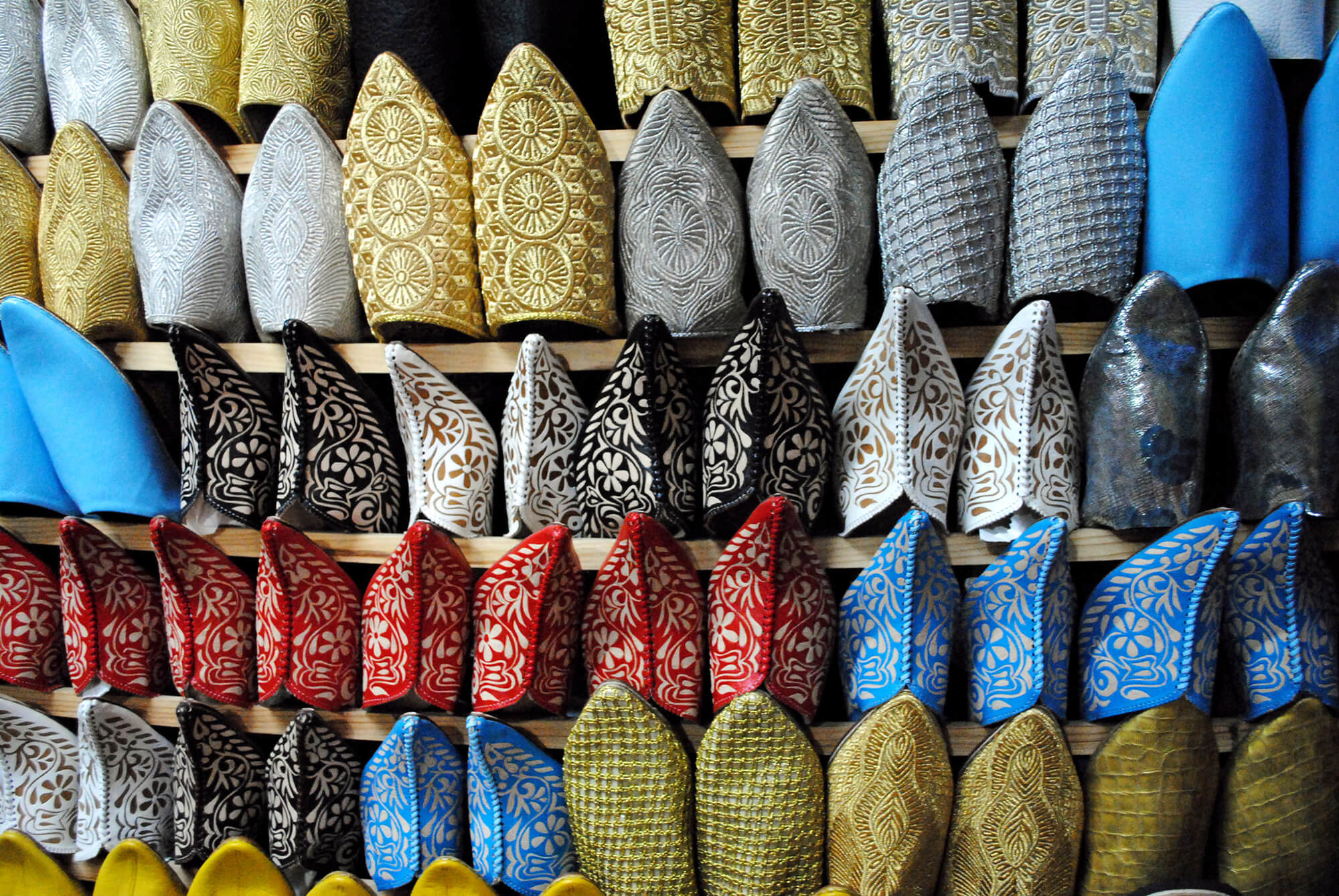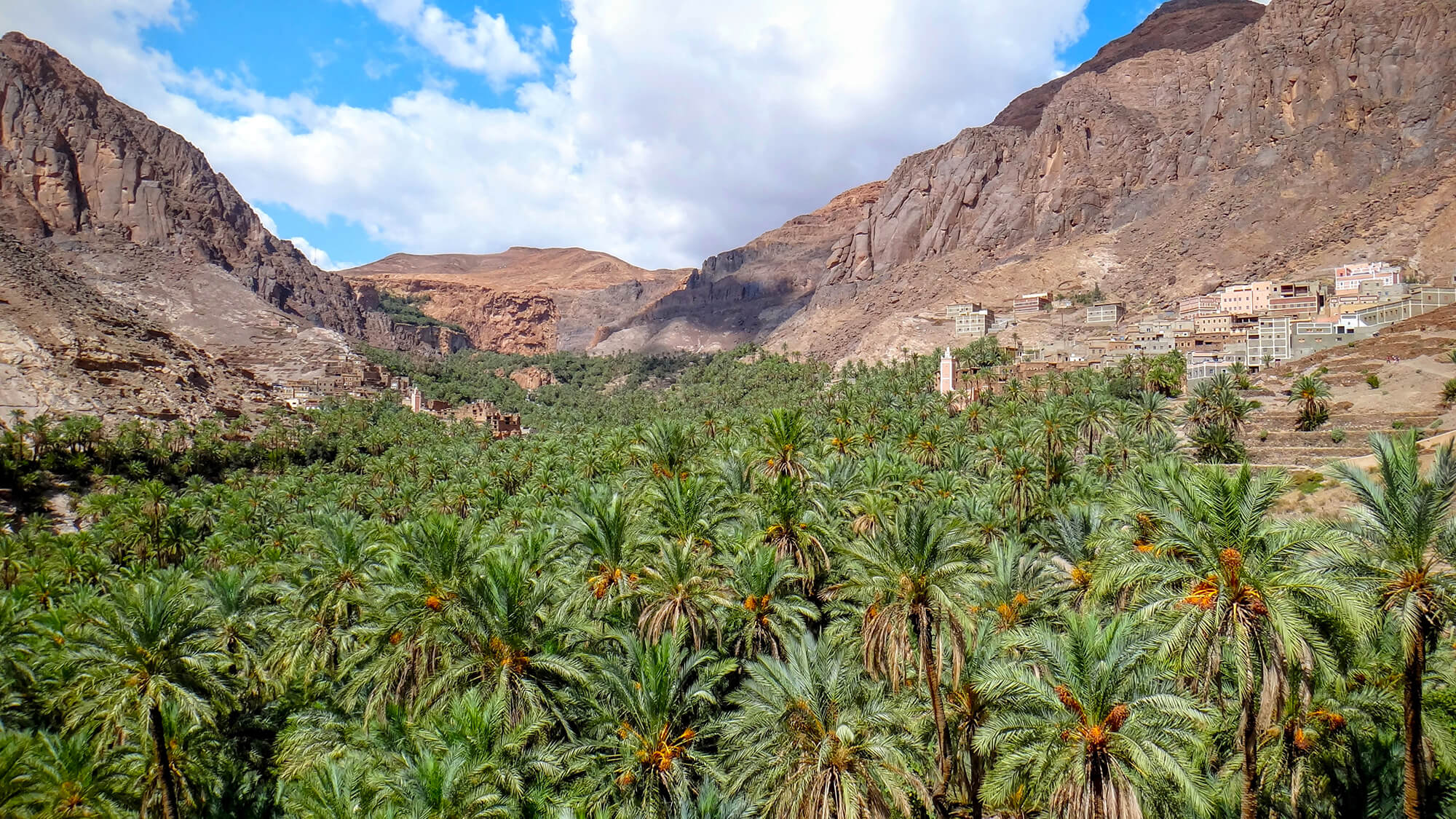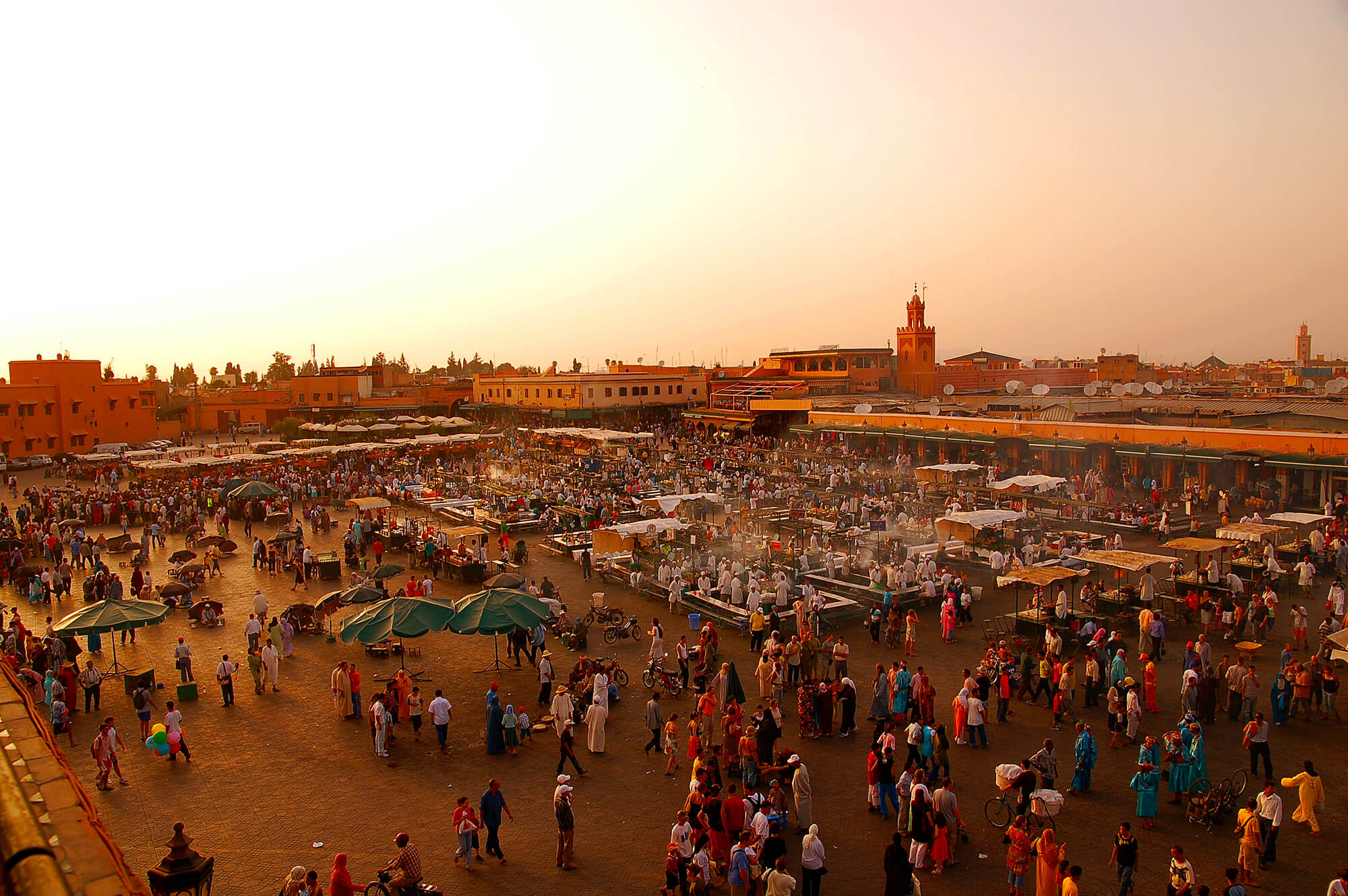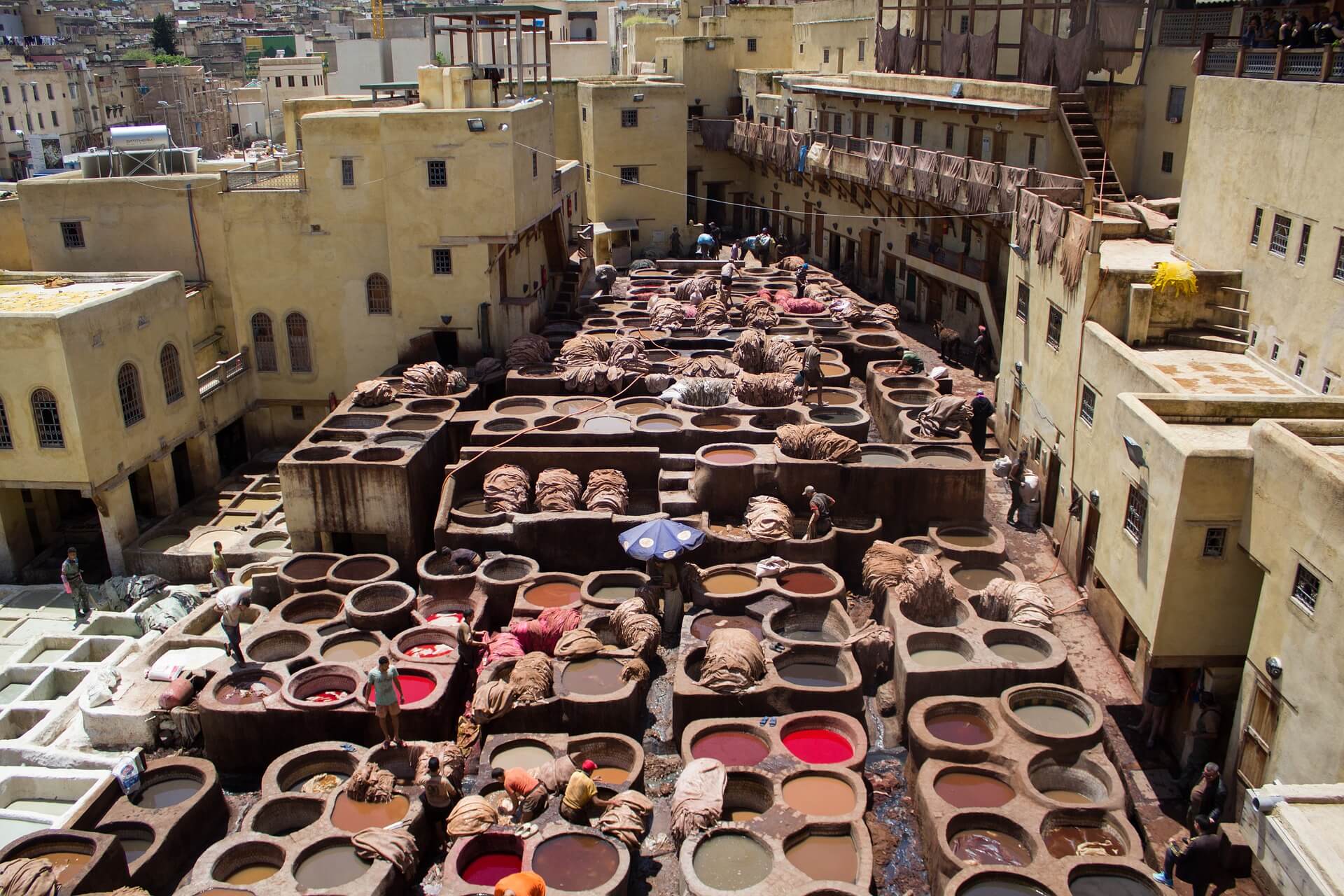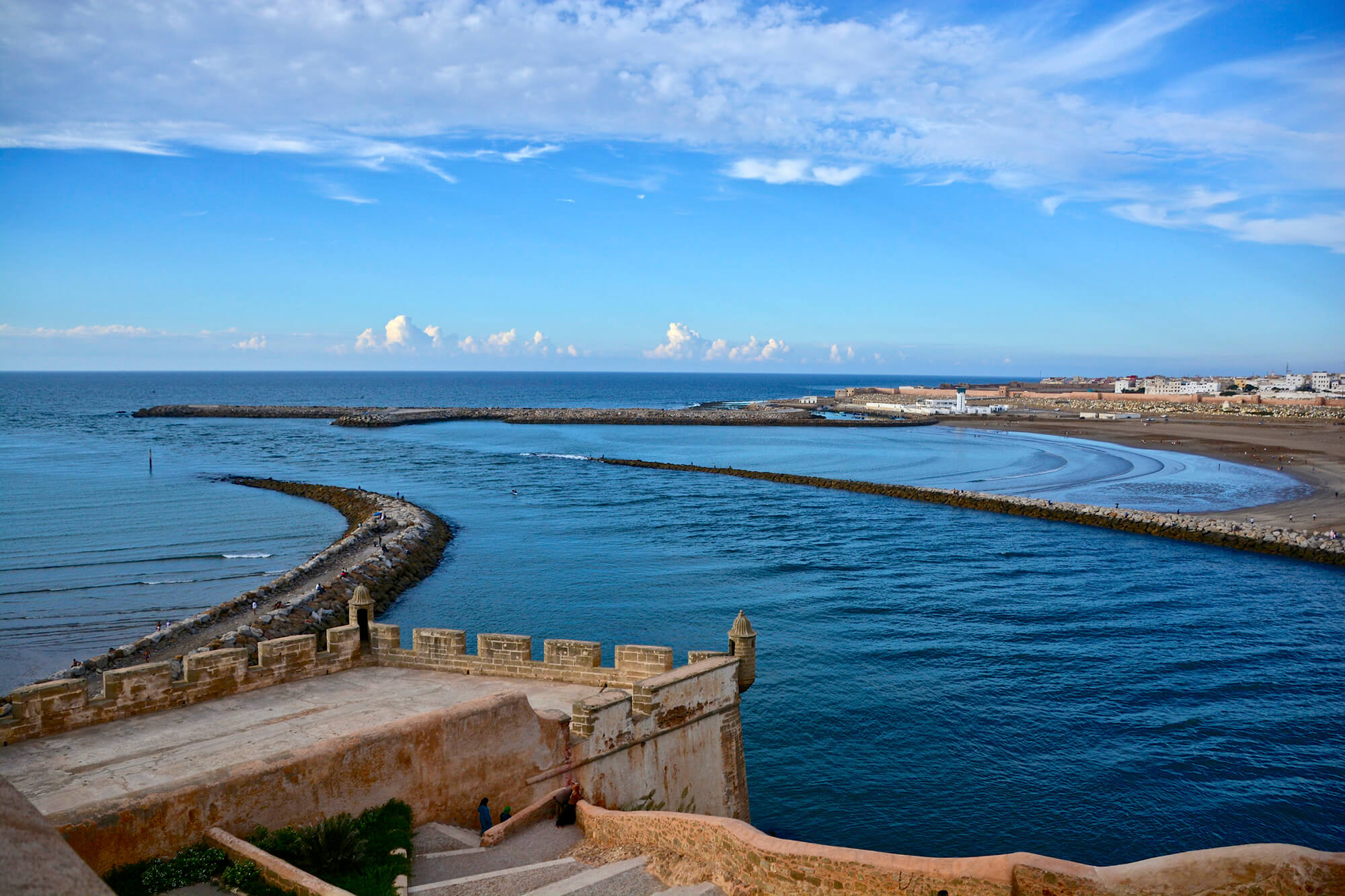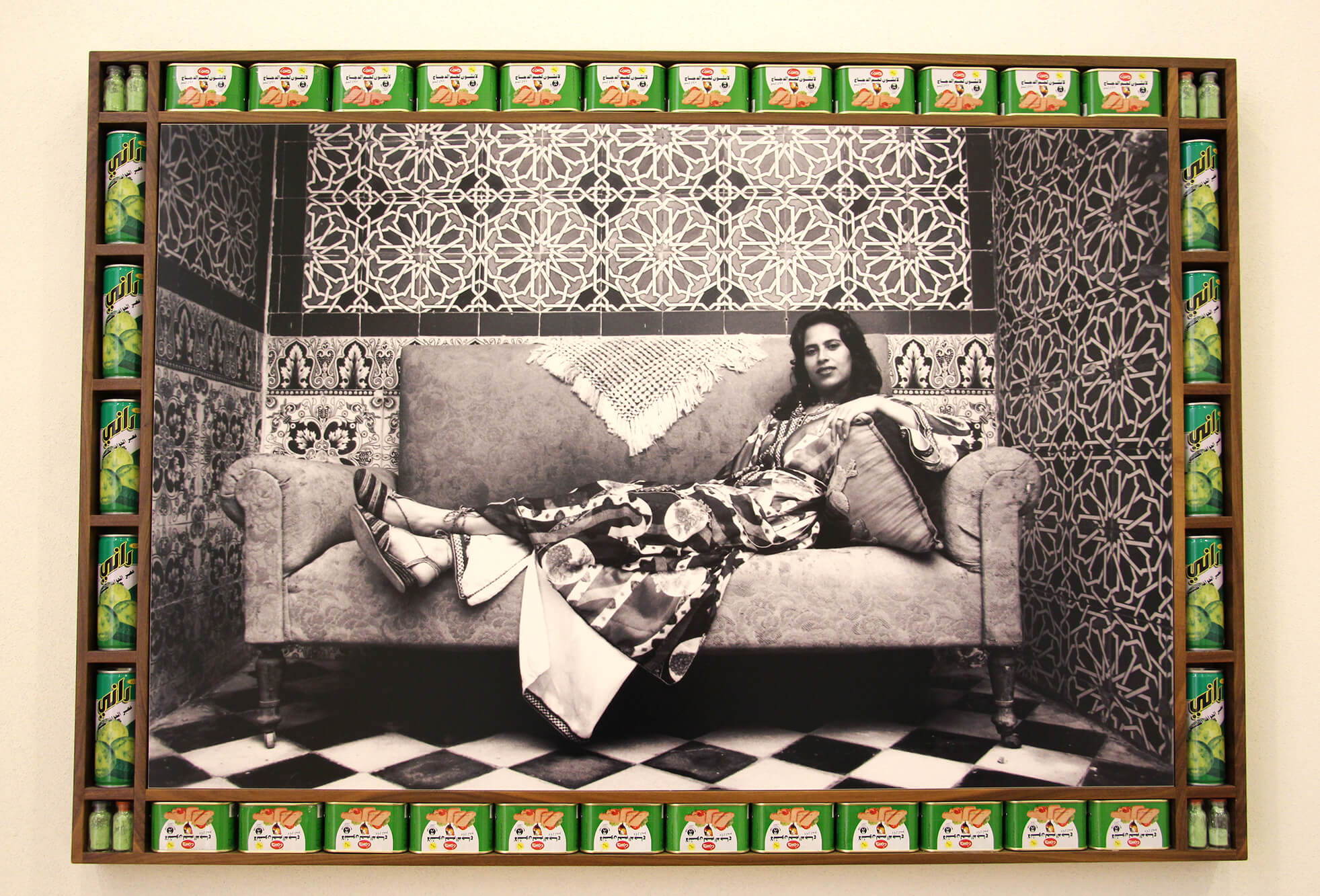Meknes is often overlooked, but this city mesmerizes with its spectacular, cultural landmarks that rival those of bigger Moroccan cities. From elaborate palace ruins to a massive underground prison, Meknes is loaded with history.
A fascinating city that is often overshadowed by Fez and Marrakech, Meknes is meant to be explored.
Originally known as “Meknassa”, named after an Amazigh/Berber tribe who ruled over this region during the 8th century. With ancient ramparts that reach up to 15 meters high, it’s no wonder that this city was once a military stronghold during the Almoravids reign in the 11th century. During the late 16th century, Meknes became the capital city of Morocco during the reign of Sultan Moulay Ismail, the second ruler of the Alaouite Dynasty, and became one of Morocco’s imperial cities.
The city bears nine, colossal gates with grandiose doors decorated in the Spanish-Moor style architecture. Behind its high city walls, elaborate structures were erected from palaces to mosques and public spaces like hammams and fondouks (inns). A glorious city with a more intimate look into the culture of Morocco.
From mosques to madrasas, souks, and secrets, Meknes offers much to discover.
Place el Hedim
A public gathering place and center of street entertainment, this city square offers a glimpse into the local nightlife of Meknes. You will be mesmerized by snake charmers, storytellers, acrobats, and musicians.
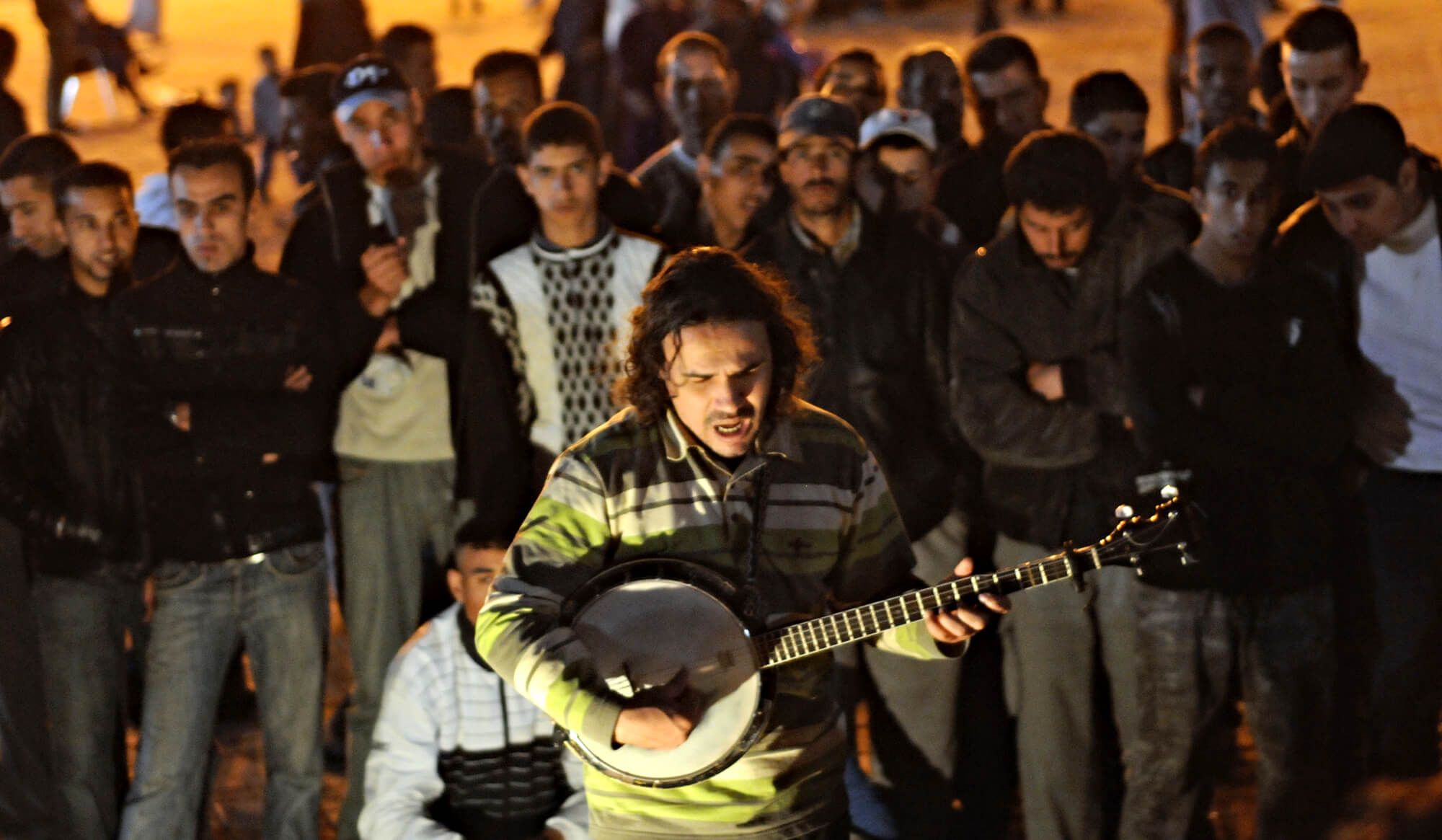
Dar el Kebira
This is the oldest palace in the kasbah known as the “Great House”. Once the private residence of the Sultan and his family, it is connected to the Lalla Aouda Mosque and later to the royal mausoleum. Following the death of the Sultan, the palace fell into ruin. The ramparts are still standing and just as glorious as the time they were constructed.
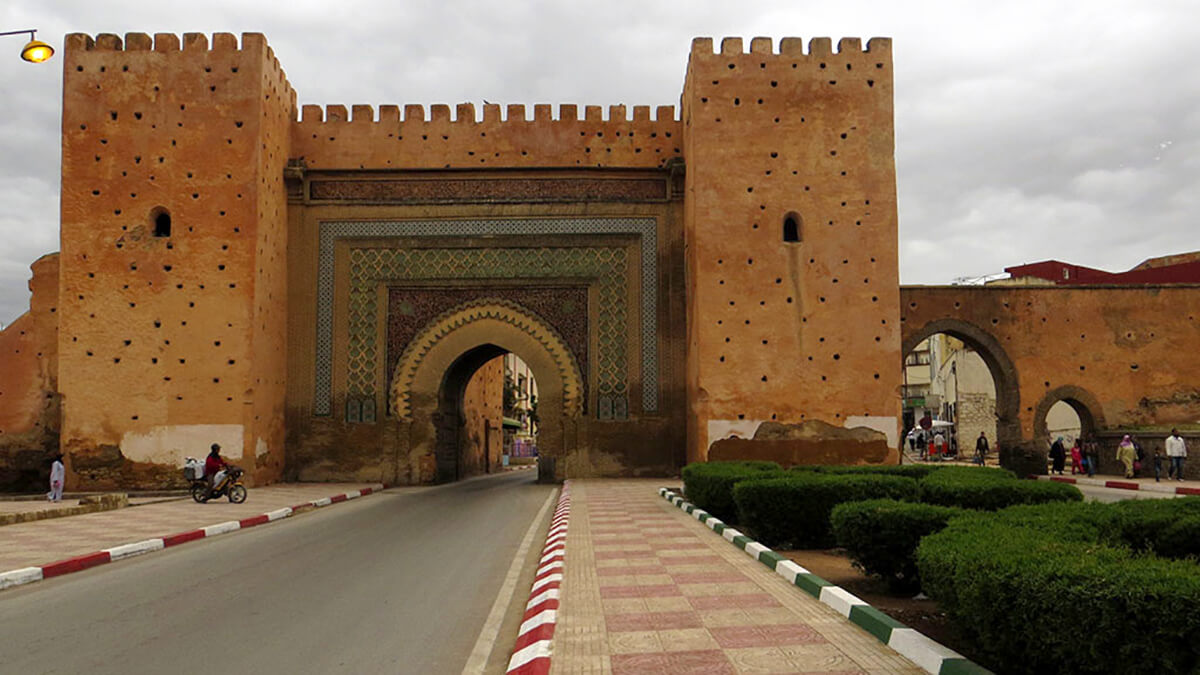
Bab el Mansour
Known as the “gate of the victorious”, this magnificent structure was once the main entrance into the city. Completed in 1732 at a towering 16 meters tall, this passage overlooks the Place el Hadim. Named in honor of the architect, El Mansour Laalej, a Christian who converted to Islam. With horseshoe-shaped arches and intricate details of carved reliefs with stunning green and white zellige tiles, this architectural gem is considered to be one of the most beautiful gates in North Africa.
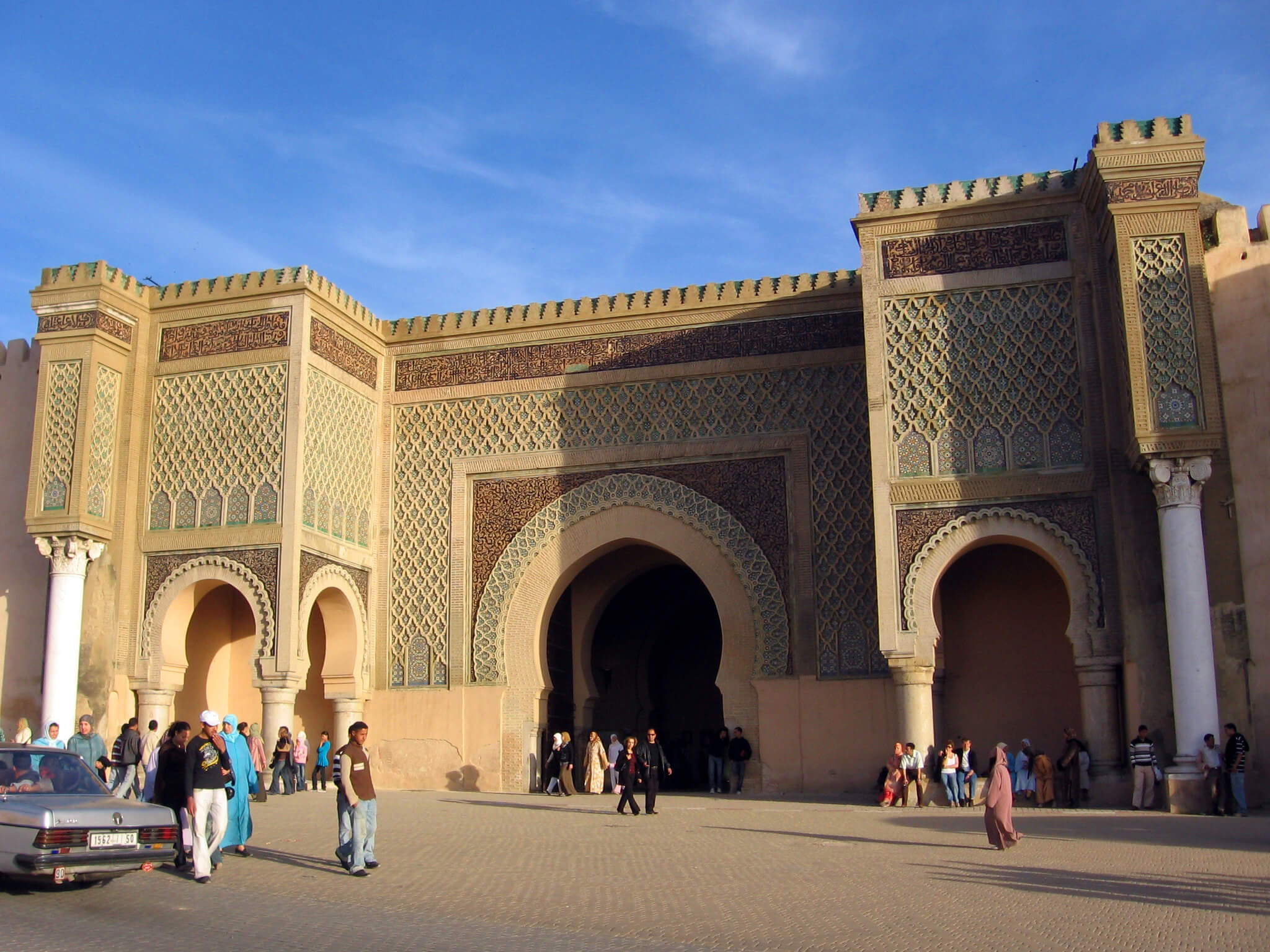
Qara Prison/Habs Qara
This underground prison lies three levels deep, hidden beneath the city streets. Built during the 18th century, this is Morocco’s largest prison that was intended to keep up to 60,000 prisoners, many of whom were slaves. Composed of a complex series of mazes and corridors with three massive chambers that interconnect, these dank quarters offered no means of escape. Low arches and ceilings amplified the feeling of being trapped.
There was no way in or out and there are several small holes in the ceiling where prisoners were thrown food. Nowadays, visitors can enter using a staircase and easily find the way back out.
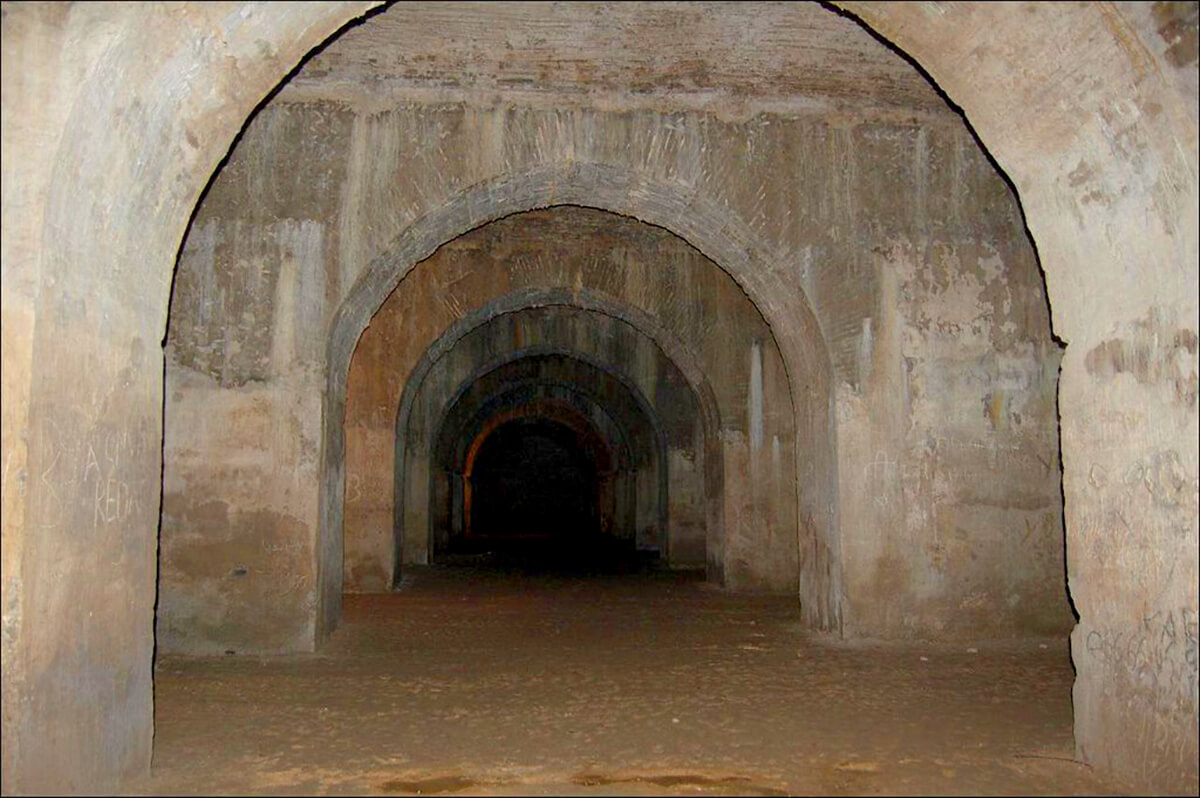
Heri Es Souani
These ancient royal stables and granaries are now overgrown with wildlife but still, retain their glory. Ismail Moulay had quite an admiration of horses and sheltered 12,000 of them here along with massive amounts of grains. Water was sourced from the nearby reservoir, the Agdal Basin, so the horses had a constant supply of freshwater. A series of underground cisterns enabled the granaries to maintain a cool temperature to keep the provisions from spoiling.
You can wander around the gigantic structures and admire the original cedar wood doors still intact. This is still quite an impressive stable and granary complex with its massive archways and many chambers.
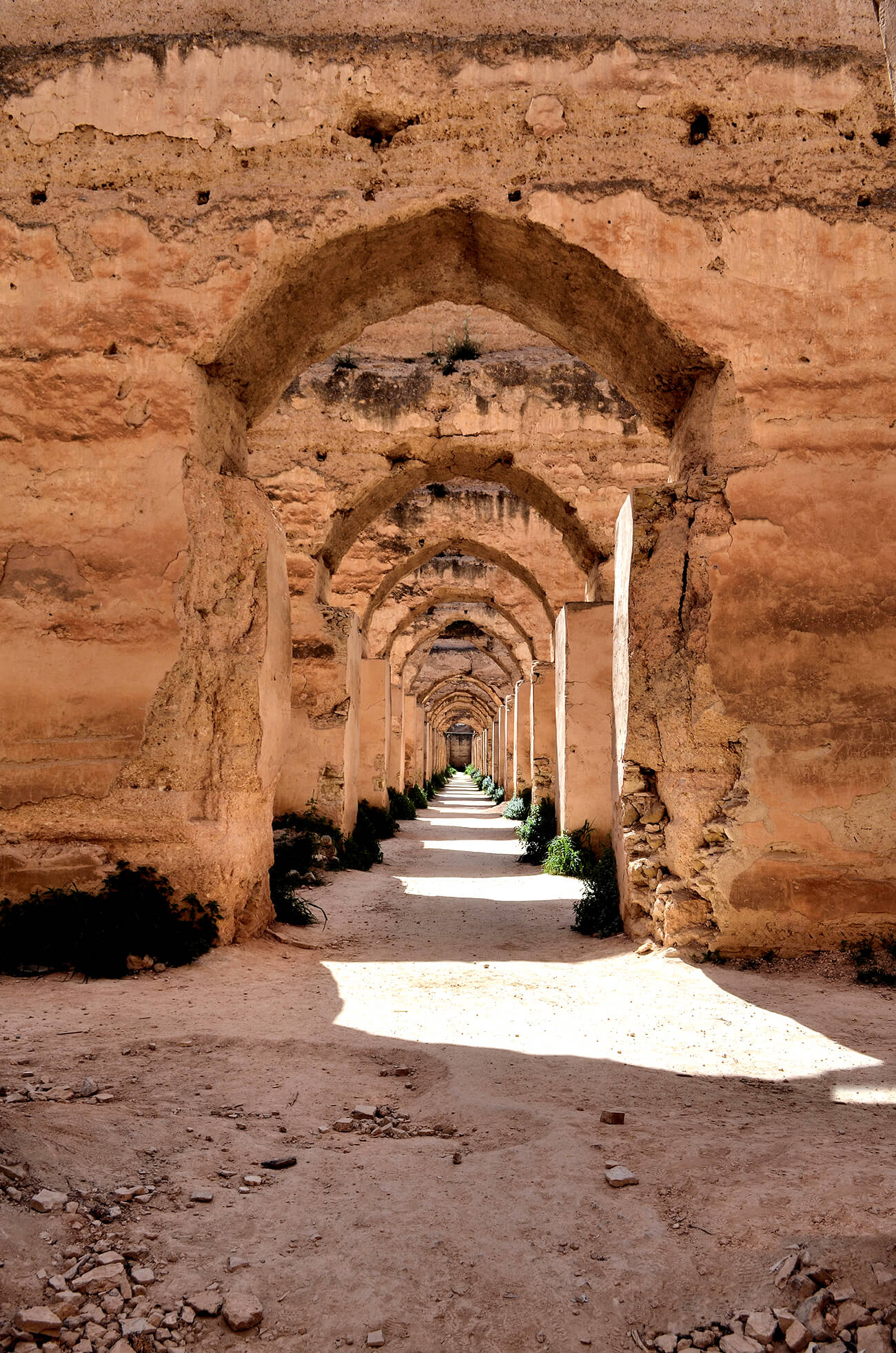
Mausoleum of Moulay Ismail
This 18th-century mausoleum is located at the center of the city near the royal palace and is the final resting place of Moulay Ismail. This stunningly beautiful funerary complex is richly decorated with gorgeous chandeliers and fountains. It is an excellent example of Islamic design and architecture.
Bursting with vibrant colors, ornate zellige mosaic tile work, marble columns (repossessed from nearby ancient Roman ruins at Volubilis) horseshoe-shaped archways, and high ceilings. This is one of the few historically important tombs that non-Muslims are allowed to enter and it is one of the top sites to visit in Meknes.
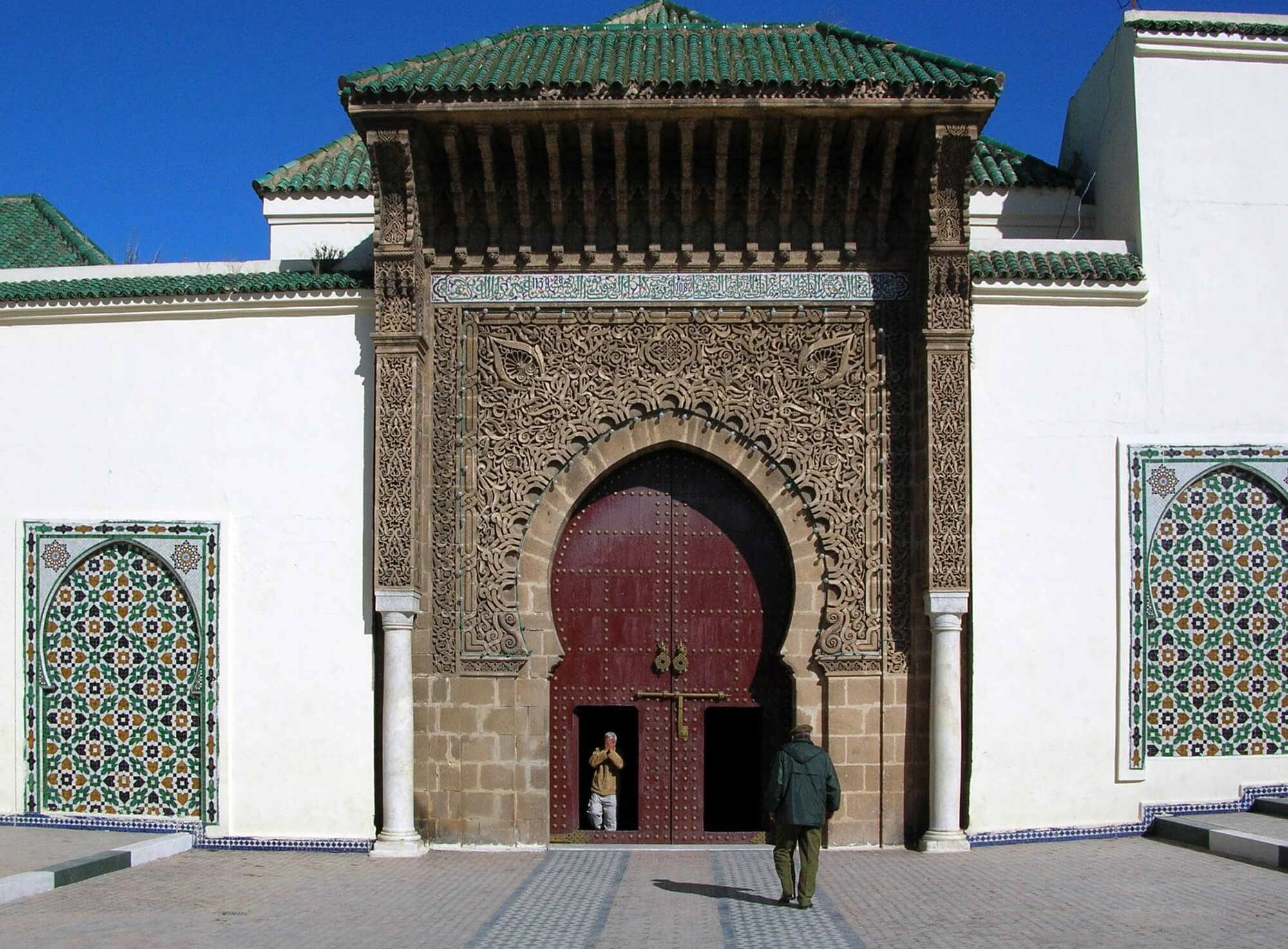
Dar Jamai Museum
Once a grand, 19th-century palace commissioned by Mohammed Ben Larbi Jamai and later a military hospital, it now houses cultural artifacts and art objects collected from the city and around Morocco. The building itself is a work of art with its decorative archways, exquisite tile work, and stunning wood carved designs.
The museum offers a window into the wealth of the Jamai family and provides facts of morocco culture. The collection contains rare carpets, spectacular jewelry, traditional clothing, leatherwork, ceramics, painted wood panels, and decorated chests. You can discover the history of the city and admire the architecture all in one go.
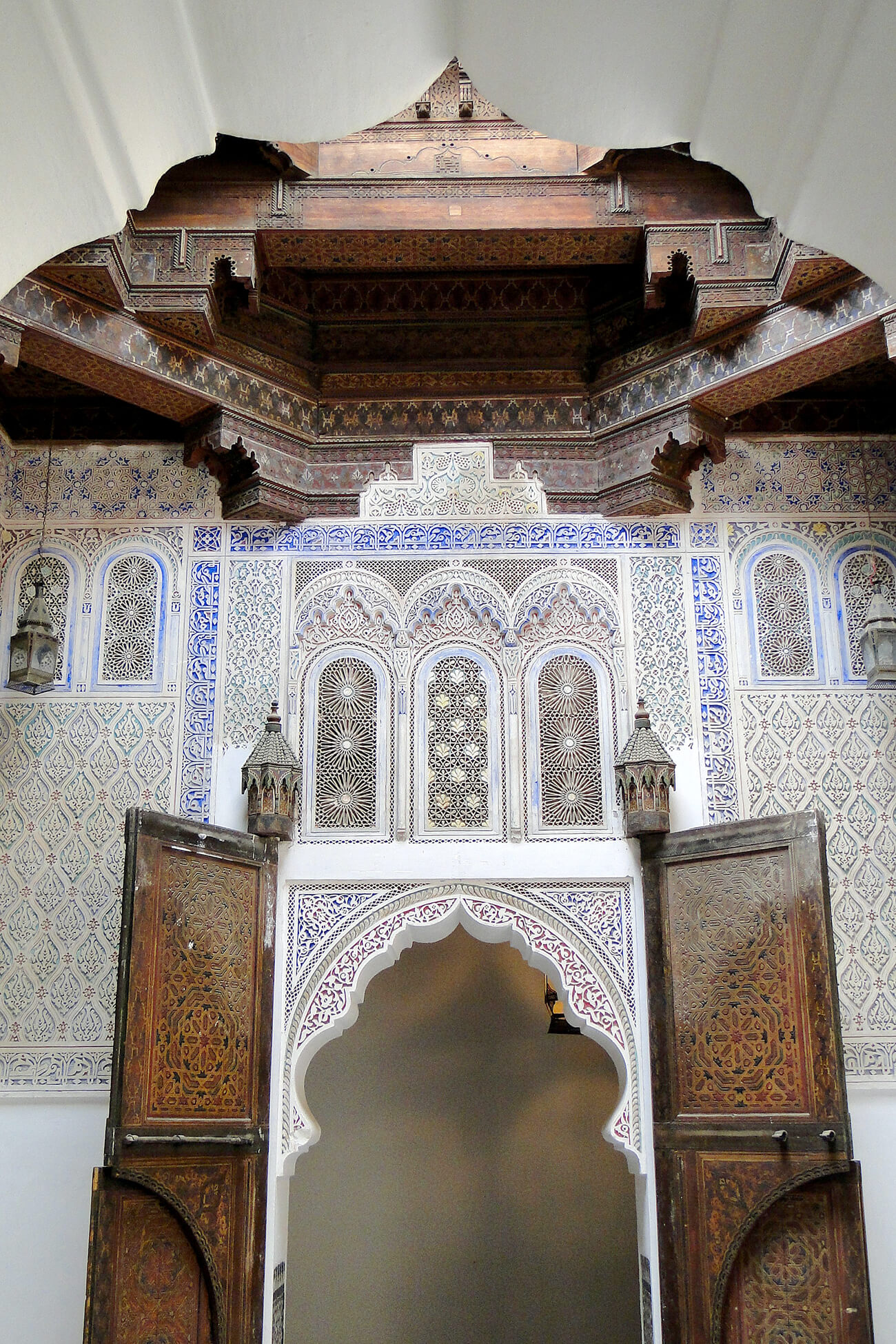
Volubilis
Your trip to Meknes will not be complete without a visit to the ancient Roman ruins of Volubilis located between Meknes and Fez. The site dates back to the 3rd century B.C. and when the Romans took over, they transformed it into an imperial outpost of their own. You can explore the remaining structures of temples, sanctuaries, Roman baths and marvel at the stunning mosaics depicting mythological narratives embedded in the floors of wealthy residences.
This incredible archaeological site has only been partly excavated, but there is plenty to see and discover. One major plus is it’s rarely ever crowded so you can enjoy a peaceful wander through a magical place alongside a few random storks who nest atop the columns.
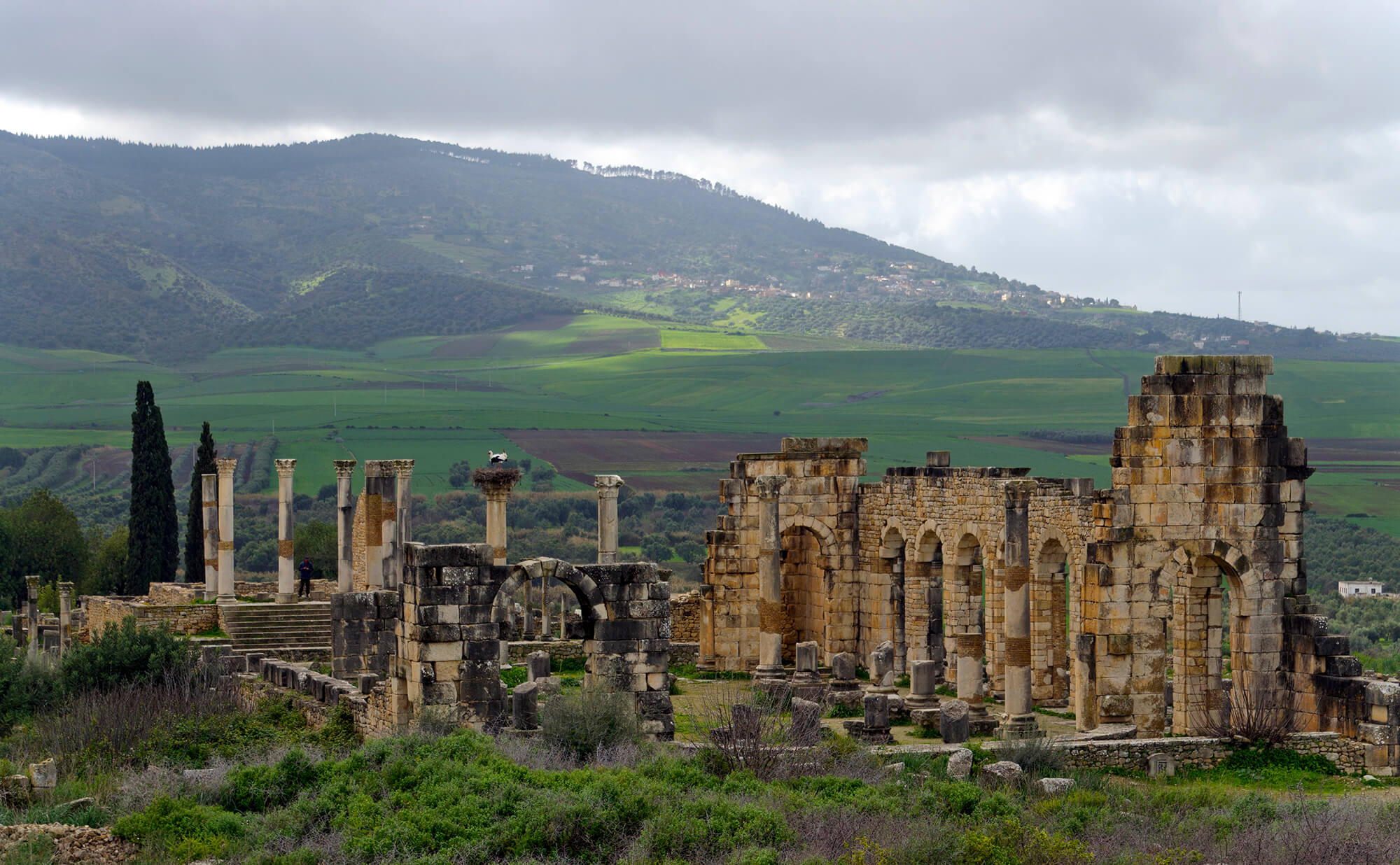
Moulay Idriss
This holy city is also a short journey from Meknes at around 27 km away so it makes for an easy day trip. Established in 788 A.D. the city was named in honor of Prophet Mohammed’s great, great, grandson, Moulay Idris Al Akbar. It was he who brought Islam to Northwestern Africa. Rising high upon two hills near the base of Mount Zerhoun, Moulay Idriss is an important pilgrimage site for Muslims and for those interested in history and religion.
There is the tomb of Moulay Idriss and the Idriss Merdesa with its beautiful architectural design non-Muslims can admire from the outside as only Muslims are allowed to enter the sites. It is considered one of Morocco’s holiest sites.
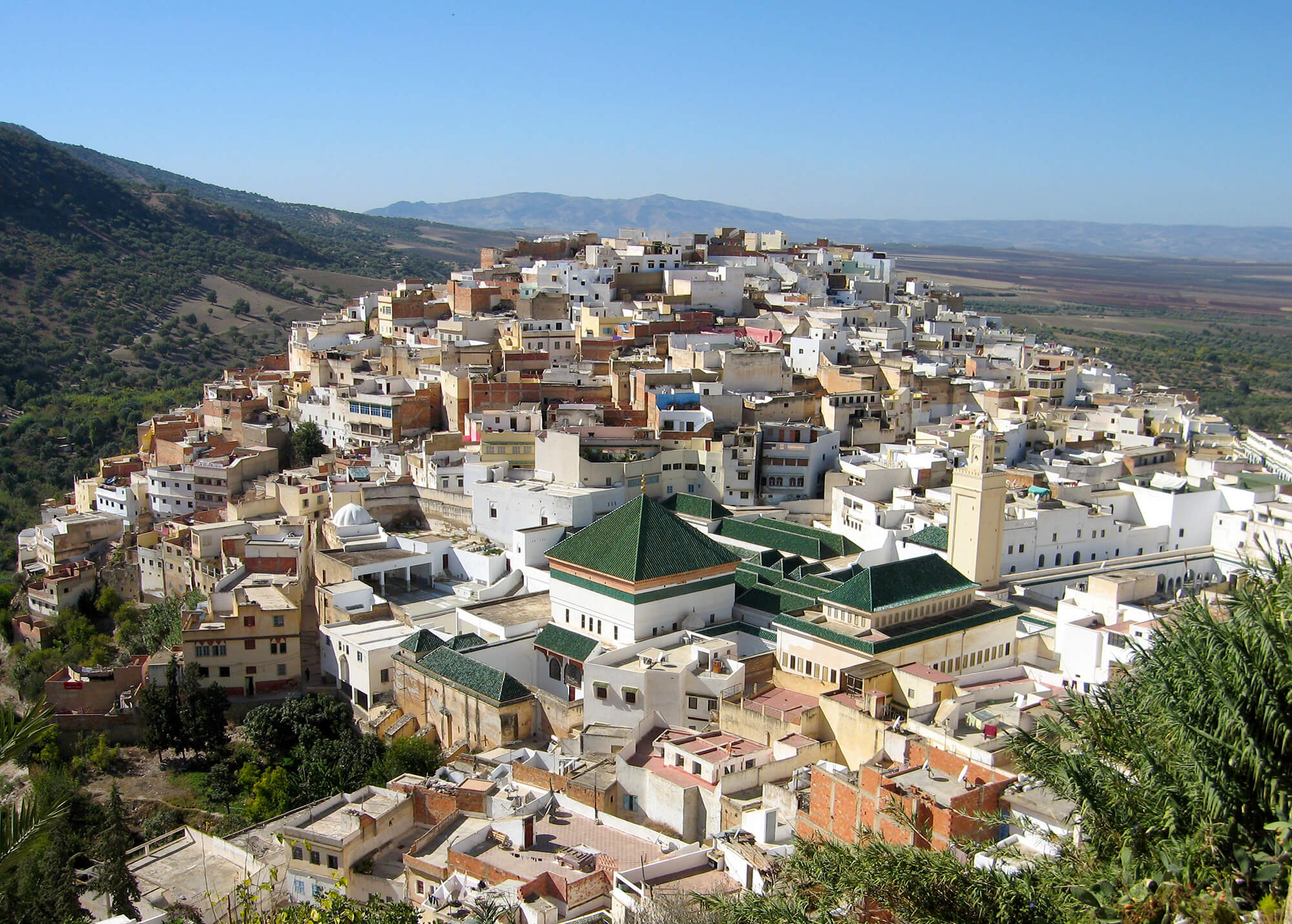
For many years, Moulay Idriss was closed off to foreigners as a means to protect its sacred reputation. Slowly, the city has started to open its doors and in 2005 began to allow outside visitor’s permission to stay overnight.
Take a short hike around the foothills of Mount Zerhoun just outside the city and you will find the historical Roman Hot Springs where you can soak away any ailments you’ve encountered while traveling or simply relax in the therapeutic water.
Meknes is one of Morocco’s grandest ancient cities that’s not to be missed. You can travel back in history without the crowds and fully submerge yourself in deep, cultural exploration.
